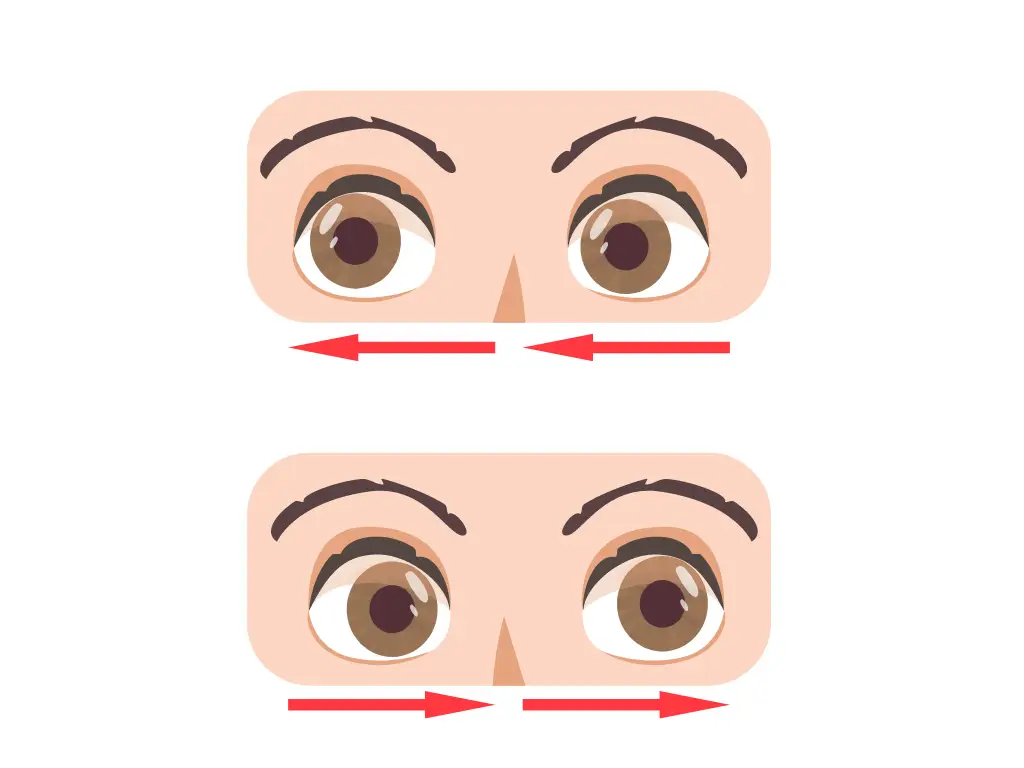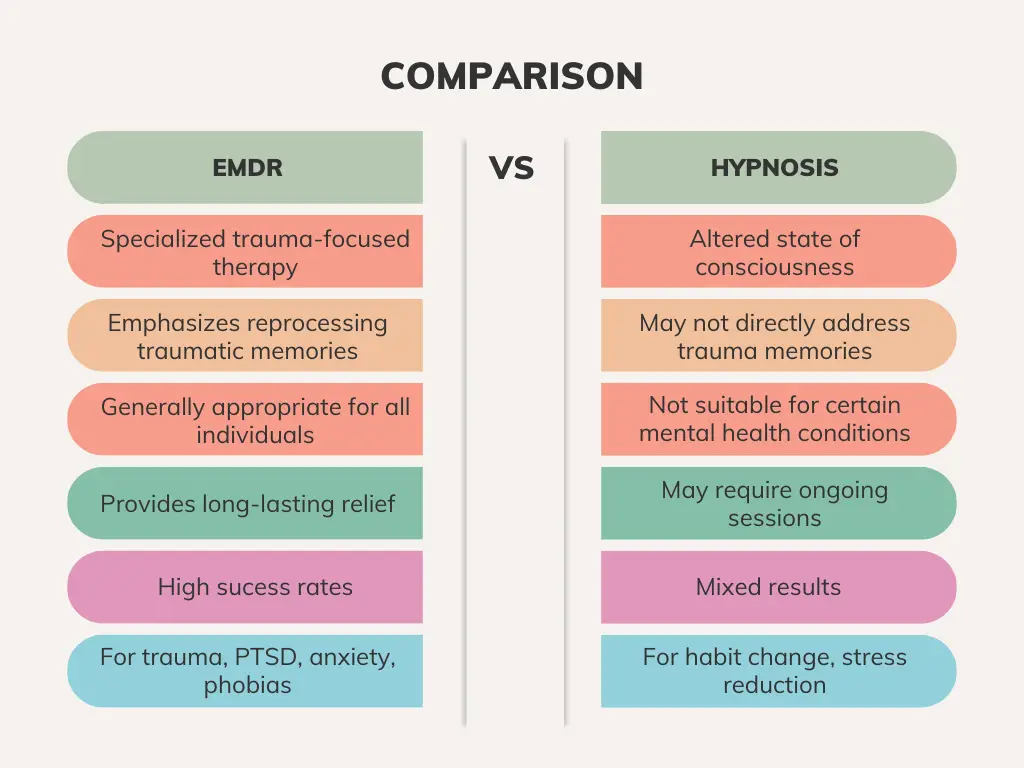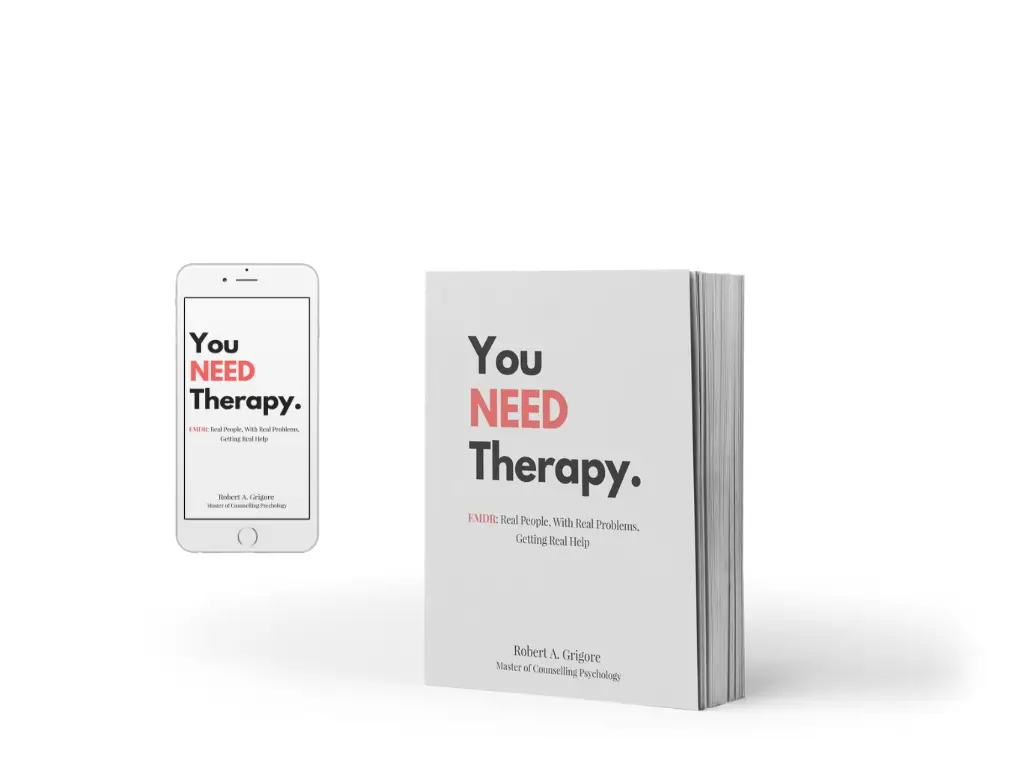Since the late 18th century, people have been using hypnosis ever since it was developed by Franz Mesmer, a German physician. For almost 2 centuries, this well-guided process has served people, but time changes, and so should the treatment methods, don’t you think so? EMDR is a fairly new technique, but with its rising popularity (all thanks to its effectiveness), I take it upon myself to make more and more people aware. But before you and I jump to any conclusion, I thought I’d create an in-depth EMDR vs Hypnosis comparison so that you know what will fit best for you. Shall we begin the competition: EMDR vs Hypnosis?
What Is EMDR And How It’s Different From Hypnosis?
EMDR, the full form of which is Eye Movement Desensitization Reprocessing, is a kind of psychotherapy being used widely for treating post-traumatic stress disorder (PTSD). PTSD usually occurs when a person undergoes severe traumatic experiences like rape, sexual assault, or even military combats, road accidents, etc. It was back in 1987 when Dr. Francine Shapiro created EMDR therapy for the first time to treat PTSD.
Hypnosis, on the other hand, I would say, is a condition of increased relaxation that induces a trance or a dream-like state. Also known as hypnotherapy, it is a technique used to treat psychological or emotional disorders. For years, psychologists have been using hypnosis, and it does help you experience changes in sensation, so yeah, your favorite actor could have been hypnotized in that movie you watched twice. But is hypnosis relevant anymore?
EMDR vs Hypnosis | How Do These Work?

Phases Of EMDR
When performing EMDR, I’ll go through 8 phases of healing with you. Let’s discuss a bit about each.
Phase 1: History
First, I’ll ask you queries about your life, how you went through what you went through, your relationship with your family, signs of trauma, and so on.
Phase 2: Preparation
Before you face any traumatic symptoms again, you’re introduced to this step, where you’re prepared to manage your distress before it knocks at your doorstep.
Phase 3: Assessment
This is a critical step where you’re asked to think about your target memories (these are the memories where your trauma actually resides) and related emotions or sensations.
Phase 4: Desensitization
One of the most critical parts of the entire process, where we’ll put efforts to desensitize the bad memory. It’s a natural thing to experience some extra distress when going through the process of healing. It’s inevitable but so worth it. Don’t you want to feel that “it’s gone” feeling?

Phase 5: Installation
Now it’s time to install a positive belief as an oil in the machinery of your brain to keep the parts moving smoothly. Choose a positive belief that you’ll like to reinforce in yourself instead of the desensitized traumatic memory.
Phase 6: Body Scan
In this phase, we’ll scan all of you from head to toe to detect any lingering distress or tension that could have survived the sessions.
Phase 7: Closure
Here comes the final phase of your treatment, where your therapist will ensure that you put an end to your painful past and focus on a brighter future.
Phase 8: Re-evaluation
This is an additional phase i.e. the time after completeion of your EMDR or the follow-up care time. In this step, the therapist will evaluate your progress from the previous session to see if any residual stress was activated, or if the target is now completed.
Of course, the actual process is so much more detailed than this but for now, I think you get the idea of where we are headed to. Studies have shown that this is so effective that 90% of single-trauma patients overcame their PTSD after only 3 90 minutes long sessions.
Progression Of Hypnosis
Now, I’m going to tell you a bit about how hypnosis works. Hypnosis creates a non-judgemental immersive experience, and here’s how this experience progresses.
- First, your certified hypnotherapist will screen you using a suggestibility scale to see if you’re eligible to be hypnotized. (Yes, not everyone is eligible to undergo hypnosis, and we all need to understand this).
- Next, the hypnotherapist will talk you into telling him what kind of environment makes you feel safe.
- Your therapist will then create an imaginative environment using your described information. Say, for example, you told your therapist that you like being alone in a hut near the river. Your hypnotherapist will let you dive deep into your imagination by telling you how the birds are humming, the water is flowing, and the air is spreading through your hair, etc.
The result? A combination of dissociation and immersion or the so-called hypnotic state. This technique helps patients detach from the trauma for a while but what after that? What happens when the delusion fades? Seeing as how EMDR eliminates the root cause of your distress, while hypnosis just lets you spend a few hours in your self-made perception, which one do you think wins this part of EMDR vs Hypnosis?

Who Should Undergo EMDR, And Who Should Go For Hypnosis?
Both hypnosis and EMDR are therapeutic approaches being used widely for PTSD. But is hypnosis a better approach for PTSD? I believe otherwise. Both these methods should be used to address different situations and here’s what I think.
EMDR for you if you have:
- Trauma-related symptoms
- Distressing memories
- Anxiety disorders
- Performance anxiety
- Pain management
- Habit change
- Stress reduction
- Phobias and fears
- Remove creative blocks of expression
Hypnosis for:
- Stress reduction
- Creative exploration
- Phobias and fears
A meta-analysis conducted confirmed that EMDR helped significantly with depression, anxiety, and PTSD. So, if what you really want is your PTSD monster to stop following you, EMDR would be a better choice for you. Why? Because hypnosis is just a pretty-faced mask, and when that mask tears off, the real monster is still there. Let’s see EMDR vs Hypnosis comparison chart:

Are There Any Potential Risks To Undergoing EMDR And Hypnosis?
Even though EMDR and hypnosis are tried and tested by thousands and proven clinically safe, there are still some possible risks that I’d like to share beforehand. Hear me out before you jump to any conclusion!
Hypnosis can:
- Create false memories
- Trigger feelings of depersonalization
- Evoke strong emotions
- Be ineffective because the patient might not respond
- Not for people with mental health conditions like schizophrenia
On the contrary, EMDR can also cause emotional distress and evoke strong emotions at first, but as I explained earlier, it is necessary for you to be able to get rid of this unwanted burden. You can’t overcome your fears if you’re not ready to face them, can you?
Take Home Message
At the end of the day, I would say that both EMDR and hypnosis have some edge over the other. When choosing which therapeutic method works for you, you need to weigh your options for their pros and cons. Is the at-first stress of EMDR too much for you to handle or do you find it more convenient to keep facing the pain again and again in the form of recurring sessions?
77% of patients in a study got free from PTSD in just 12 sessions of EMDR; this could be you. Suit yourself, but don’t forget to work on yourself either way! Who do you think won the EMDR vs Hypnosis challenge for you? Let us know.











